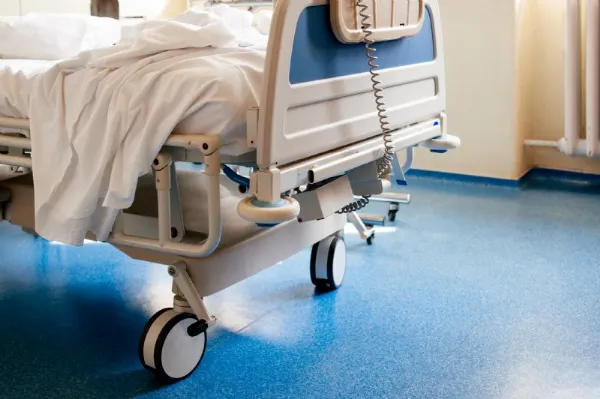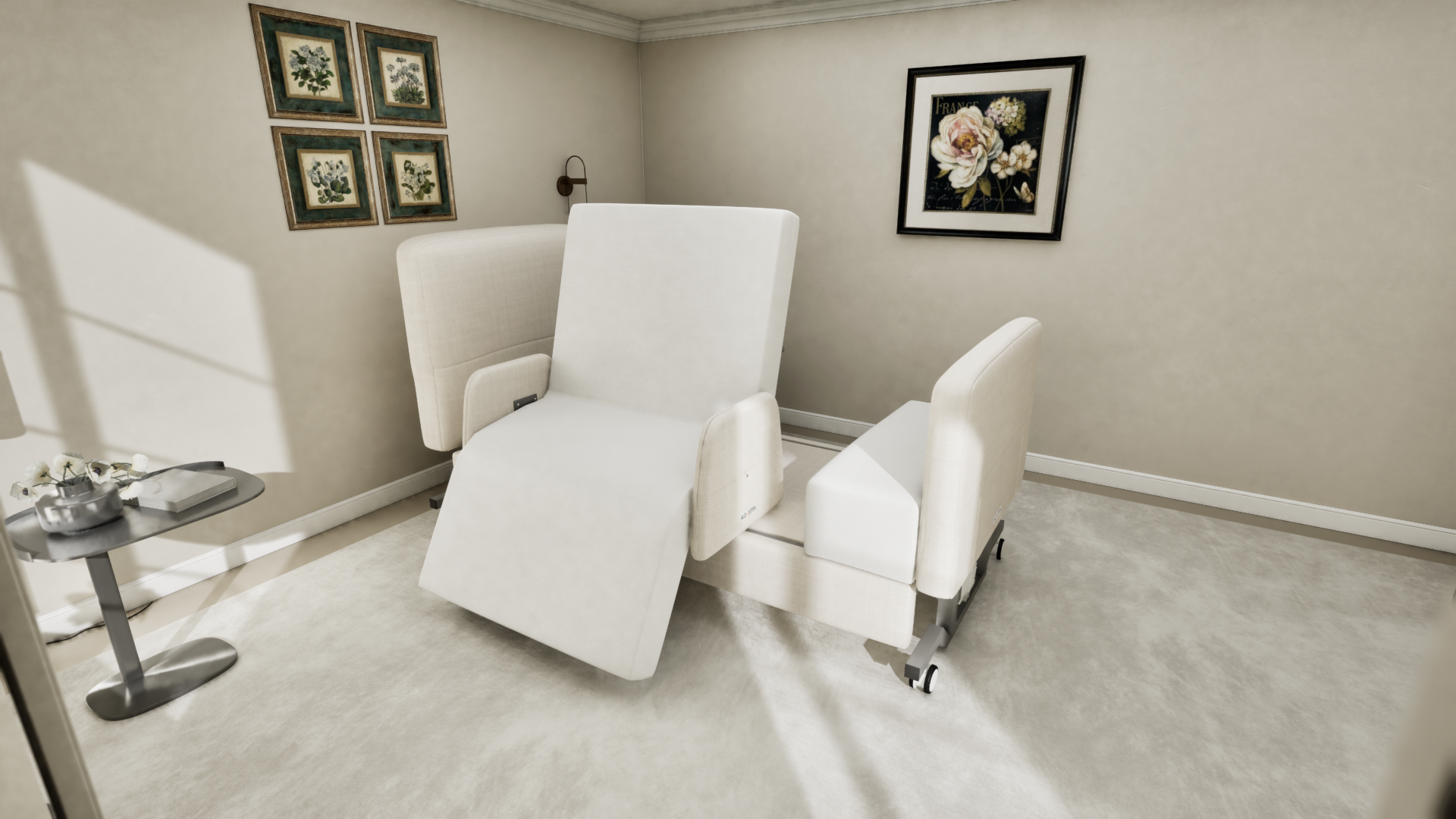See This Report about Hospital Beds For Home Use
Table of ContentsThe Definitive Guide for Hospital Beds For Home UseNot known Incorrect Statements About Hospital Beds For Home Use The Hospital Beds For Home Use PDFsIndicators on Hospital Beds For Home Use You Need To KnowThe Greatest Guide To Hospital Beds For Home UseThe Single Strategy To Use For Hospital Beds For Home UseThe 15-Second Trick For Hospital Beds For Home Use
Next, we will certainly discover the features, uses, and Pros and Cons of each type of healthcare facility bed in depth. A manual healthcare facility bed is the many fundamental type of healthcare facility bed, and all modification functions are achieved through a hand-cranked tool.These hand-cranked gadgets are normally set up at the foot or side of the bed, and the caregiver or patient can readjust the height or tilt angle of the bed by shaking the take care of. Considering that no electric parts are required, are typically less costly than electric medical facility beds, appropriate for clinical establishments or families with minimal budgets.
Top Guidelines Of Hospital Beds For Home Use
For patients that require to change their posture or height regularly, manual beds may not be convenient sufficient since each adjustment requires manual procedure. If the bed requires to be adjusted frequently, nursing personnel may require to invest more physical toughness to operate the hand-cranked gadget - hospital beds for home use. Guidebook beds are usually appropriate for individuals in the healing duration or occasions with reduced nursing needs
Normally, the modification of the back and legs is controlled by electrical motors, while the total height adjustment still needs to be done manually. The function of this style is to decrease costs and energy consumption while preserving high functional convenience. Compared to hand-operated health center beds, semi-electric healthcare facility beds are much more hassle-free in changing the back and legs, especially for individuals that need to readjust their stance frequently.
Because only some features count on power, semi-electric hospital beds consume less power throughout use. Since the overall elevation still requires to be readjusted manually, it may not be as practical as fully electric medical facility beds for individuals that require to adjust the bed elevation frequently. Compared to hand-operated medical facility beds, semi-electric healthcare facility beds are a little more intricate to operate, requiring customers to understand the combination of electrical and manual procedures.
Electric healthcare facility beds have high adjustment accuracy and can be exactly gotten used to a specific angle and elevation according to the requirements of individuals to offer the most comfortable assistance. All-electric medical facility beds are typically outfitted with a selection of additional features, such as built-in ranges, bed mattress pressure change, etc, to fulfill the special requirements of various patients.
7 Easy Facts About Hospital Beds For Home Use Explained
A reduced bed is a specially designed medical facility bed that can be adjusted to a very reduced level, typically just a couple of inches from the ground. The function of this layout is to minimize the threat of patients dropping from the bed, especially for individuals that are at danger of dropping, such as the elderly or clients with restricted wheelchair.

What Does Hospital Beds For Home Use Mean?
provide a treatment setting suitable for kids's elevation and body shape, enhancing the comfort and safety of youngsters. Some pediatric beds are also equipped with vibrantly tinted bed rails or animation decors to lower the concern of children in the hospital environment. For youngsters that need to remain in bed for a long time, pediatric beds are typically equipped with anti-bedsore mattresses, flexible bed rails and other functions to offer detailed treatment assistance.
The shipment bed is also geared up with postpartum healing functions, such as bed mattress change, bed heating, and so on, to aid mothers recover much faster. The extensive care bed (ICU Bed) is designed for the intensive care device (ICU) and has thorough surveillance and nursing functions. This kind of bed is typically outfitted with user interfaces for a variety of monitoring equipment, which can monitor the person's essential check in actual time, such as heart price, high blood pressure, respiration, and so on.
The Only Guide for Hospital Beds For Home Use
The intensive care bed has a fully electric modification feature, which can promptly adjust the angle and position of the bed to meet the requirements of various therapies and treatment. The design of ICU bed takes into consideration the demand of rescue operation. The bed can be swiftly adapted to one of the most appropriate rescue pose and coordinate with the usage of rescue equipment.
It can effectively isolate individuals from the outdoors and reduce the danger of infection transmission. Seclusion beds are generally geared up with unique bed curtains or he said securing covers and attached to air filtration systems to maintain the air around the bed tidy. Isolation beds are particularly made to protect against the spread of pathogens from transmittable clients and shield the safety of various other patients and clinical staff.
Seclusion beds are geared up with air purification systems that can filter bacteria and particle matter airborne to maintain the air around the bed tidy. Elevated and lowered by hand by a crank or a hand-held control. Crank, hand-held control, hand-operated laborRaised and decreased making use of an electrical motor. Can also be changed to various placements.
The Definitive Guide to Hospital Beds For Home Use
Larger and tougher than a common bed. Overweight, weight problems, client sizeDesigned for patients in jeopardy of dropping out of bed. Reduced to the ground than a common bed. Individual falls, bed heightDesigned for youngsters. Smaller in size than a typical bed. Pediatric medicines, child-sized equipmentUsed during childbirth. Outfitted with attributes such as braces and a headrest.

In a health care setup, selecting the appropriate bed can not only improve the effectiveness of care, but also significantly boost individual comfort and safety. By recognizing the kinds and uses these beds, healthcare centers and family members caregivers can better sustain and take care of their clients.
Hospital Beds For Home Use for Dummies
HomeCare Medical Facility Beds, a department of DiaMedical USA, is devoted to supplying full openness for its customers. People can be overwhelmed by the different choices in long-term treatment products, and HomeCare Health center Beds is devoted to streamlining this process, while guaranteeing customers obtain the info and assistance they need.
Medicare Part B (Medical Insurance policy) covers hospital beds as resilient clinical devices (DME) that your medical professional recommends for use in your home. After you fulfill the Component B deductible you pay 20% of the Medicare-approved amount (if your provider approves job). Medicare pays for various sort of DME in various ways.
